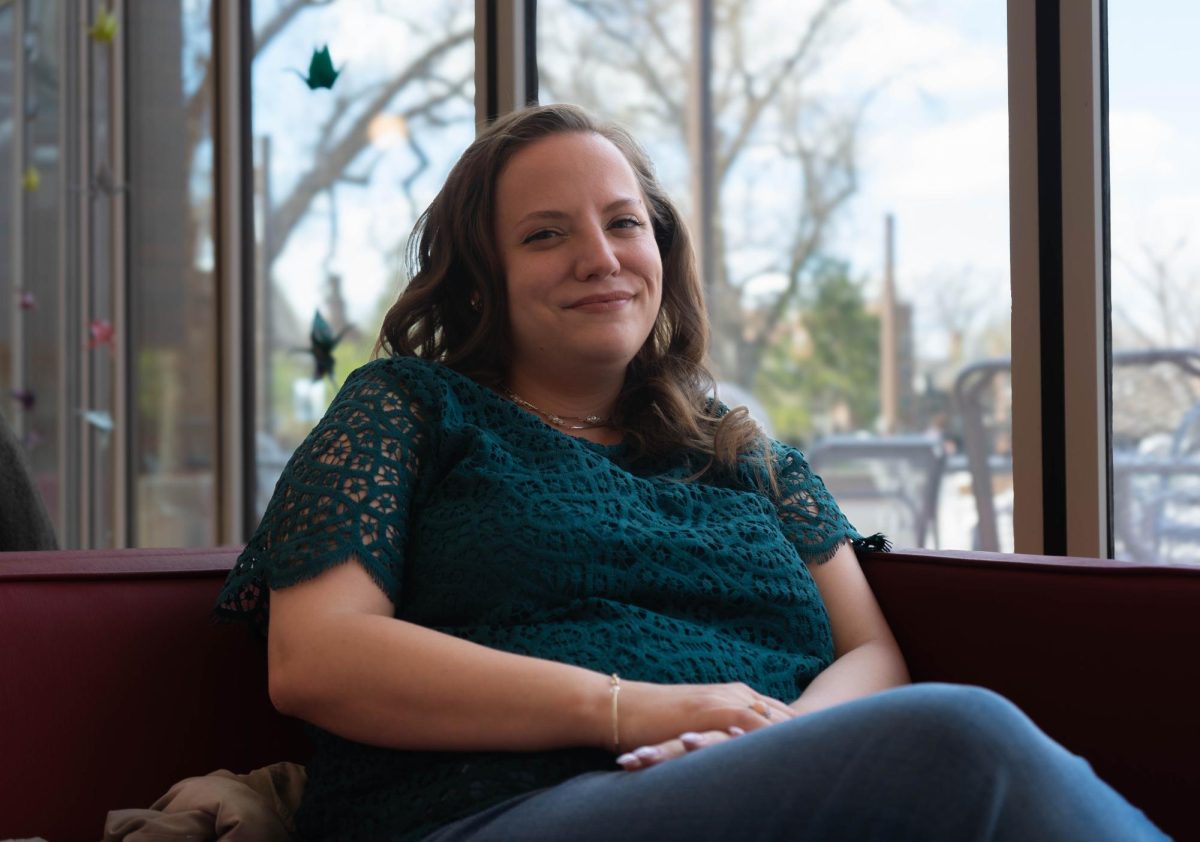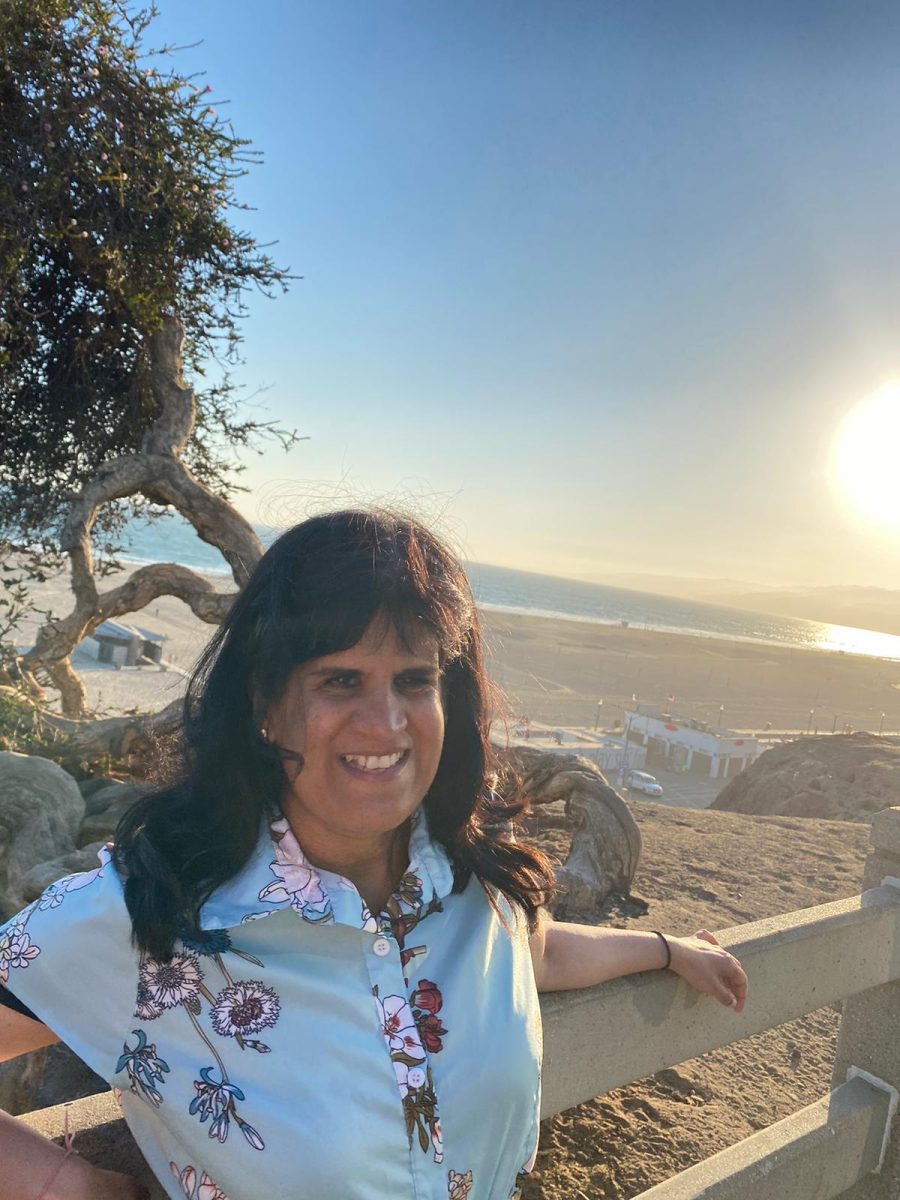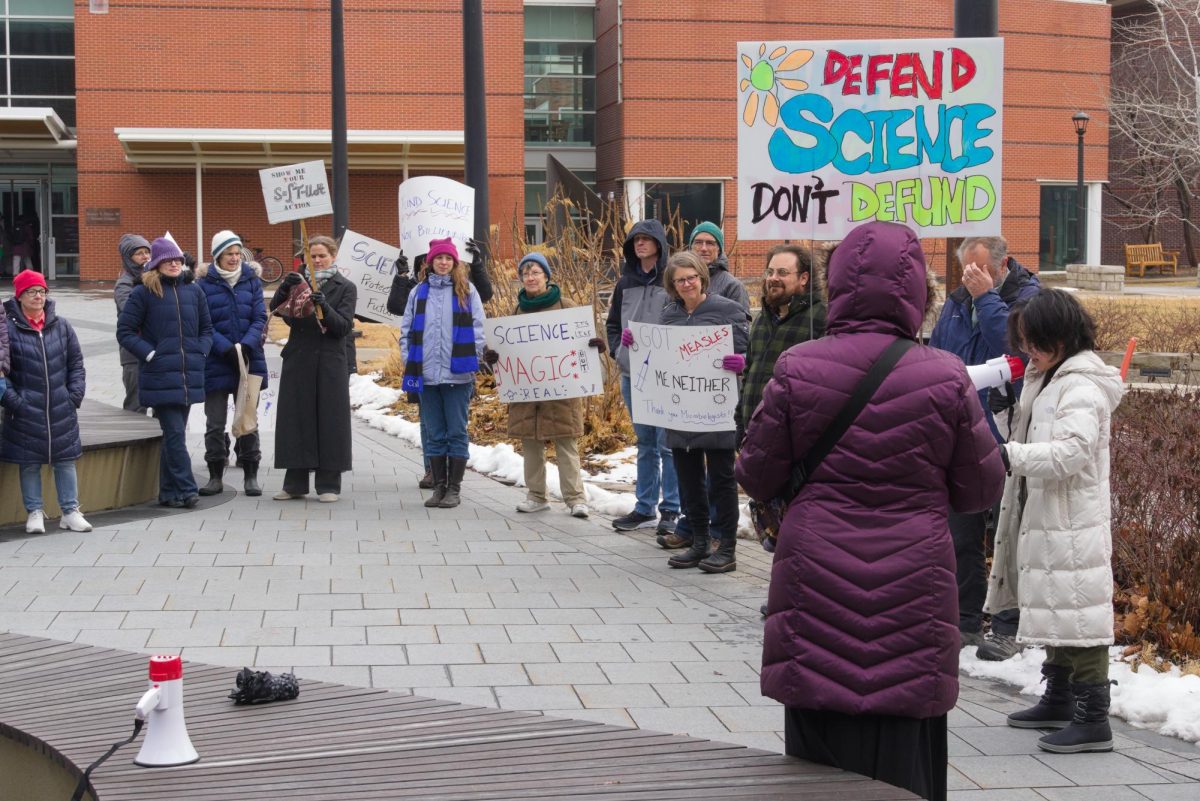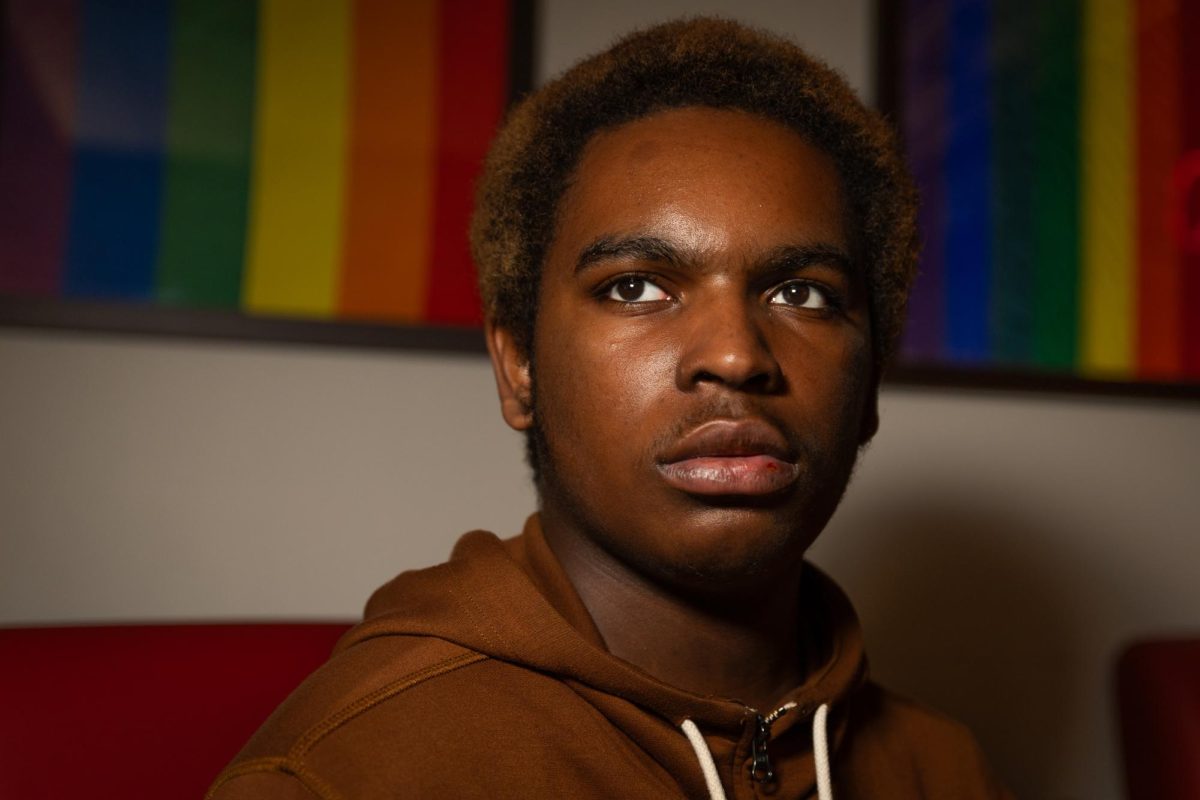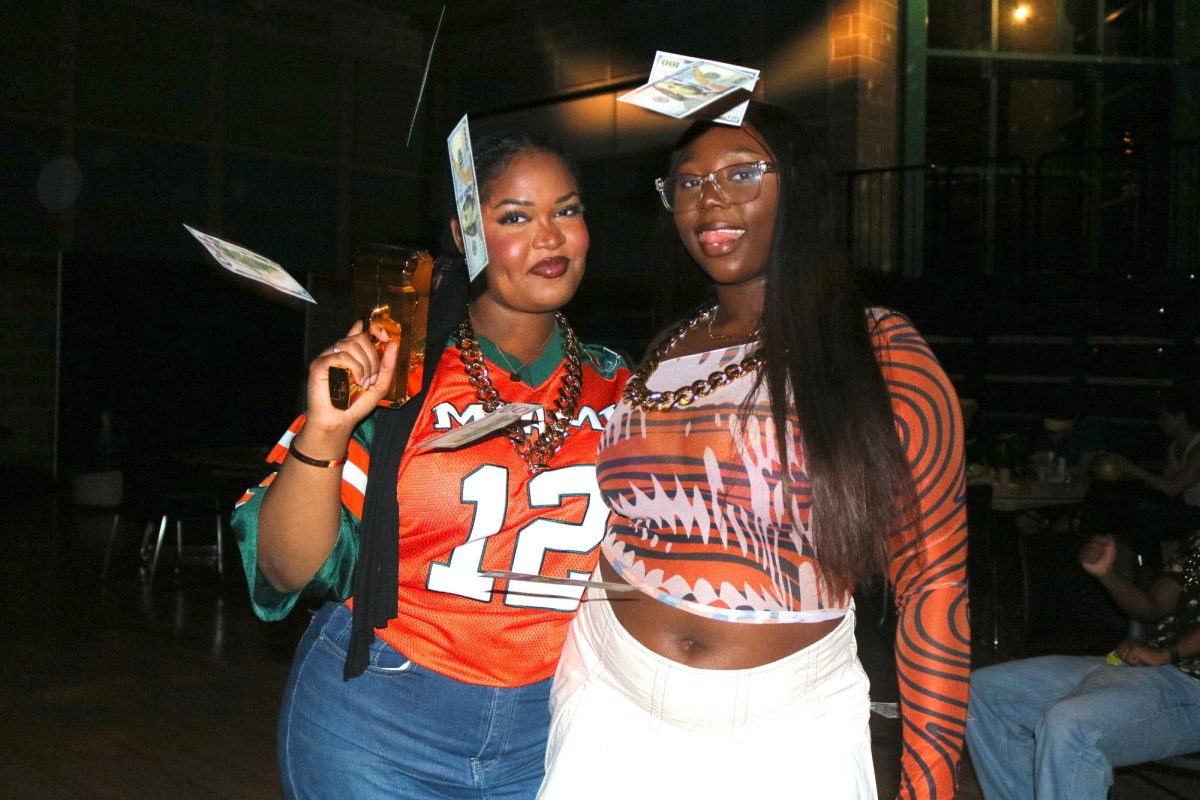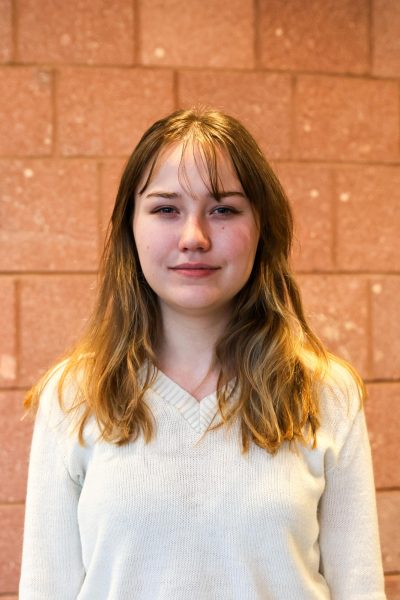One year after the 2023 Supreme Court decision to end affirmative action, the class of 2028 reported increased enrollment among Asian students, Hispanic or Latino students, non-U.S. citizens and students of two or more races. The percentages of Black or African American students, American Indian or Alaska Native students and white students have decreased compared to the class of 2027, which was selected using race-conscious admissions practices.
While white domestic students still make up the largest single category for the class of 2028, the combination of non-white domestic students and international students constitute more than 50 percent of the class, a figure that has persisted since the admittance of the class of 2026. Grinnell College Office of Admission defines diversity as students who have multicultural experiences outside of a white American context, said Joe Bagnoli, vice president of enrollment and dean of admission and financial aid, hence why all international students are considered a part of the minority statistic.
“Harvard, MIT, Tufts have all reported losses,” said Bagnoli, referring to decreases in diversity at those schools. “At a minimum, we’re delighted we’ve mitigated much of what might have been lost in terms of student diversity.”
Public universities that have been affected by state-wide bans on affirmative action, like the University of Michigan and the University of California network, have historically struggled to recover racial diversity. The nationwide loss of affirmative action means that both private institutions and public institutions will now be affected.
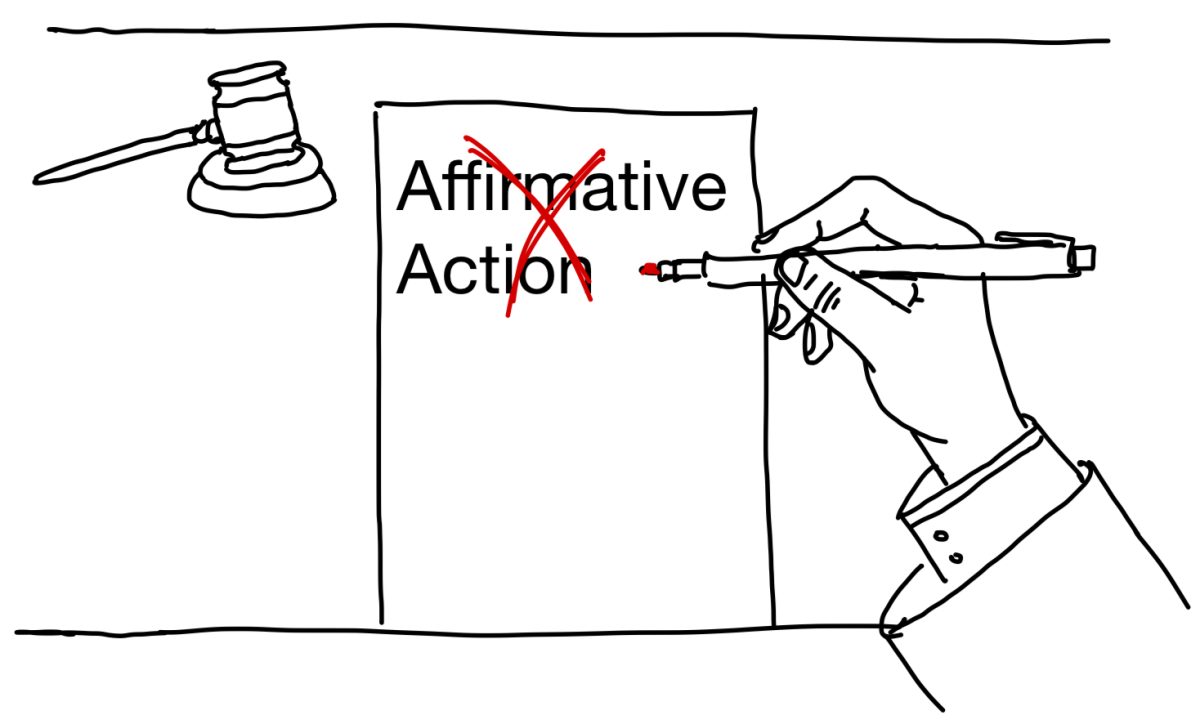
For college admissions teams, according to Bagnoli, the admissions cycle is a process separated into three stages — recruiting applicants, reviewing applications and encouraging those accepted to enroll. It is only in the second stage that these teams do not have access to an applicant’s race and cannot advantage or disadvantage an applicant on the basis of race.
The College’s heavy reliance on race-conscious admissions, as The S&B previously reported in February 2023, launched a preliminary effort to develop a plan to continue prioritizing diversity, including looking at correlations between race and other factors, such as socioeconomic status and high school data, as a method of keeping diversity. Since then, President Anne Harris initiated the Diversity Design Team, composed of a variety of faculty and staff across departments. This team aimed to increase and maintain a multicultural diversity of domestic students, while also observing the law.
They came to a three-pronged approach — an expansion of the Laurel Scholarship and Mentorship Program, the development of Admission Pathway Partnerships (APP) and the implementation of the President’s Scholarship for Community Building. All of these are being actively implemented and iterated upon, looking toward maturation.
1. The Laurel Scholarship and Mentorship Program
Formerly only offered to ten Black students from the Chicago area, this full-tuition scholarship was expanded to consider other underrepresented students from the Chicago area, such as those from a first-generation or low-income background. The scholarship was originally implemented to enroll more accepted Black students from the Chicago area, many of whom would choose not to enroll, according to Bagnoli. The first cohort of Laurel Scholars is scheduled to graduate next semester. Admission has also hired a Laurel Scholars Specialist.
For this new admissions cycle, Bagnoli explained that Admission is switching to partnering with particular schools in the Chicago area, rather than recruiting within the entire city. Students from these schools can be nominated and will have to complete an interview.
Admission is also looking to expand the reach of the Laurel Scholarship to bring a cohort of other students from other metropolitan cities.
2. Admissions Pathway Partnerships
Admission wants to partner with community-based organizations (CBOs), which may include national programs like Questbridge or more local ones, that serve underrepresented populations by preparing students for college. However, Admission cannot work with CBOs who work with particular racial groups. Admission’s new evolving criteria will allow them to work with underrepresented, underserved students.
Patty Amador-Lacson, formerly associate director of multicultural recruitment for over a decade, was promoted to senior associate director of admission and coordinator of strategic programs. Her previous role had her serve as a liaison with CBOs and encourage an interest and knowledge in multicultural recruitment among her colleagues in Admission. In her new role, she is mainly continuing these duties with a cultivation of these new partnerships. The Admission Office also hired an individual full-time to help with this initiative.
APP worked with the Birmingham, Alabama-based College Choice Foundation during the most recent admissions cycle. Amador-Lacson describes this as “effort on both sides,” in which the CBO shares information about the College and selects students who would be good fits for the College and are interested in applying. Admission supports these students with the college application process and flying in these students to campus.
Currently, Admission is working with the College Choice Foundation again for this admissions cycle.
In successive years, the College hopes to expand to four total partnerships. These partnerships also seek to be geographically diverse from those who usually apply to the College.
3. President’s Scholarship for Community Building
For this 2024–25 admissions cycle, Admission is implementing the President’s Scholarship for Community Building, previously referred to as the President’s Scholarship for Civic Leadership. Admission is looking to offer a full-tuition scholarship to 10 applicants each cycle who demonstrate a commitment to “intercultural understanding, empathy, cooperation, community-building, and an interest in positive change-making.”
In addition to these strategies, Admission reviewers have started rating applicants’ community awareness and community engagement. These new assessments seek to judge an awareness of difference and dedication to one’s community that are above an average applicant’s.
Though Amador-Lacson says that domestic students of color do not need to be activists to gain admission, she said she observed that students from underrepresented, underserved groups may participate in community-based work, including participating in church, outside of what their school may offer them in terms of extracurricular activities. This past admissions session, she said she was struck by the many applicants, for example, who combated book banning efforts in their communities.
A new, optional application prompt asks applicants to relate their “background, awareness of human difference(s), and/or eagerness to be exposed to new ideas” to Grinnell’s core values of a “respectful, egalitarian” community. A previous optional essay asked students why they wanted to attend Grinnell.





















































